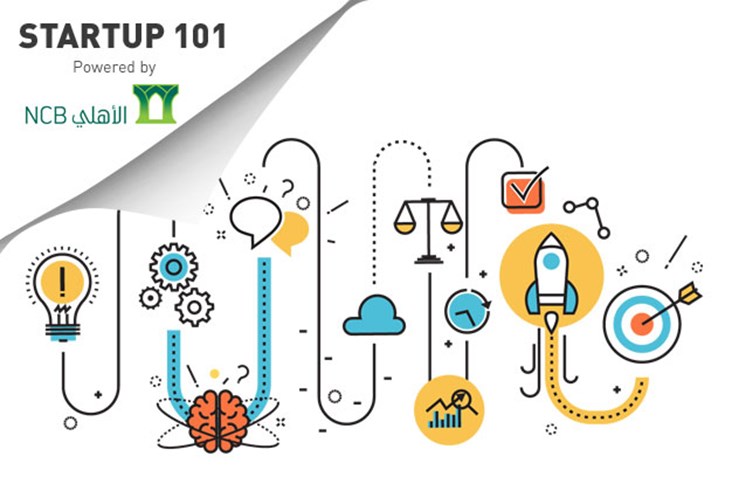
“A startup is a temporary organization designed to search for a repeatable and scalable business model” says Steve Blank, a retired serial entrepreneur who is recognized for developing the Customer Development methodology, cornerstone of the Lean Startup Movement and popularized by Blank’s best student, Eric Ries.
Steve says that no business plan survives first contact with a customer; if so, how can startups plan in such a way as to effectively steer in the right direction, and what does their lifecycle look like?

IDEA
Let us begin from the very beginning.
You start with an idea, identifying a meaningful problem to which you try to come up with a solution, thinking it can become a business. Feedback and advice you receive from the people around you help validate the initial interest in your idea. Learn about the lean startup methodology, assess the market, and immerse yourself in everything related to your idea.
TECHNOLOGY VALIDATION
If your idea is related to something more complex such as engineering work in water or energy, or the creation of a health tool or whatnot, then the next step would be to go through a technology validation phase, in order that you design according to the regulatory environment. This is a long process which requires funding and much IP creation.
With respect to web-based startups that feature a re-configuration of pre-existing technology, not the invention of new technology per say, this step may be skipped.
PROBLEM VALIDATION | CUSTOMER JOURNEY
Figuring out your customer and what you wish to do for them is pivotal. The idea is to find your customer and start interacting, so that you may become an expert in the problem they face, rather than the product you wish to build. Conduct interviews with potential customers and figure out the most compelling value proposition of your product. This is where product design begins – you need to start putting together a founding team and use customer input to create your product.
SOLUTION | CUSTOMER VALIDATION
The question to ask is “can my technology solve a problem that is urgent and valuable”?
If your startup idea does not, there will probably be no market available for it and the idea will fail. Generate insights by engaging with advisors, VCs, lawyers, and experienced entrepreneurs. Your product goes from being a hypothetical solution to a Minimum Viable Product, created with minimal resources, that you can test out via your early organic users and receive feedback.
Achieving a validated problem with a solution that can solve it is no small deed, it may be the biggest milestone for a web startup; many startups do not go beyond this stage. Both phases together create our value proposition and are iterative in nature.
BUSINESS MODEL VALIDATION
How to generate customers on a repeatable and scalable manner, in such a way as to remove uncertainty around revenue generation? Can I sell online; do I need a salesperson; do I spend my budget on Facebook advertising?
This is the time to hire key team members, refine your pitching skills, and join an accelerator or start attracting investors. They say 20% of startups make it through this phase.
“Unless you have tested the assumptions in your business model first, outside the building, your business plan is just creative writing” – Steve Blank
EFFICIENCY
What is the best way to drive efficiency in the customer acquisition process via sales and marketing? What does $1 do in customer acquisition? Refine the core features of your product, fix leaks, and study product marketing; focus on activation and retention.
SCALING: GOING FROM STARTUP TO BUSINESS
The focus is now growth.
This includes making the team bigger, creating the company culture and building a solid infrastructure, while going for larger fundraising rounds, new product lines and/or new markets. The company moves from a place where all were hands on deck, to departmental teams with specialized job descriptions and competent managers; this may mean losing a few people along the way.
MATURITY
Now is not the time to click on cruise control and admire your work, for problems may arise. In order to increase the longevity of your business and sustain profits or grow, tackle the problems instantly. Your startup should have significant revenue by now; plan how you wish to further expand with product lines and/or market expansion. You may start planning your exit strategy as well.
EXIT | RENEWAL
Your business model is working and credible; funding is available to expand and you have succeeded. You have two choices at this point, either to exit by selling your startup or to go public.
The move from the Industrial Age to the Information Age has created a shift in global economic drivers, from blue chip companies to startups; the rise in new businesses is a testament to the opportunities available today.
Tackle uncertainties one at a time and focus your resources on big questions. A startup is after all about building a learning culture – the most successful ones are those that synergize quickly as an organization, maintaining momentum as they keep transforming.
Latest Business
Intelligence Report














